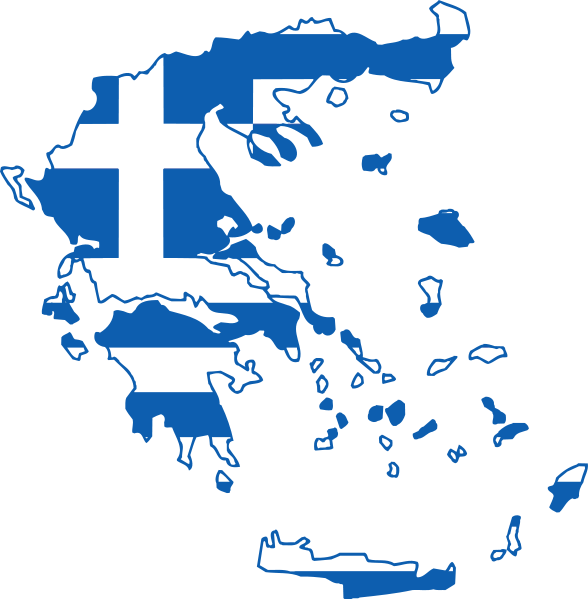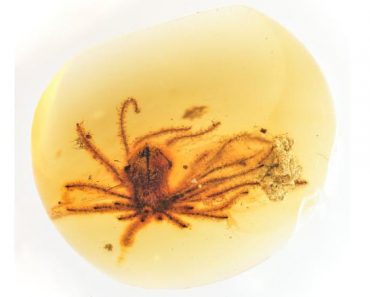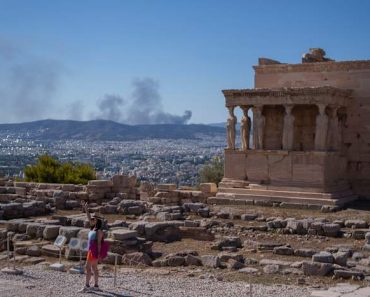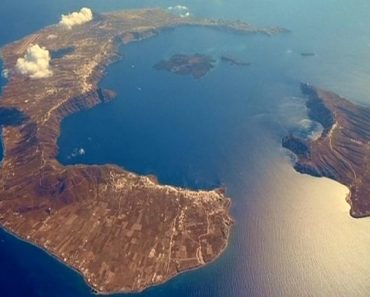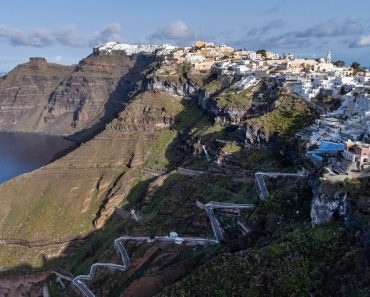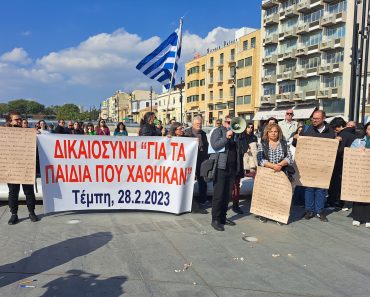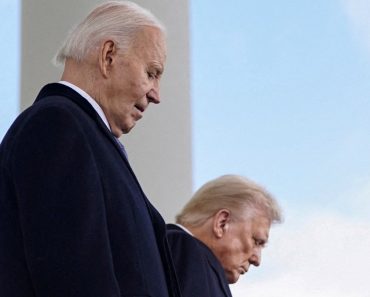Image Credit: OMU
A team of archaeologists from Ondokuz Mayıs University (OMU) is set to embark on an extensive excavation project to reveal the full history of the ancient city of Sebastopolis. Also known as Saleia, Sebastopolis was a town of ancient Caria and played a significant role during the Hellenistic, Roman, and Byzantine times, even minting its own coins in antiquity. This historically significant site, located in the Sulusaray district of Tokat, Turkey, served as an influential trading hub during these periods. As detailed in the Antonine Itinerary, Sebastopolis was strategically placed on a key route linking Tavium to Sebastia (modern-day Sivas) and connected by road to Caesarea (now Kayseri).
Although the original founding date of Sebastopolis is unclear, an epitaph suggests the city was granted polis status during the reign of Emperor Trajan (AD 98 to 117).
Initial archaeological explorations began in 1987 by the Tokat Museum Directorate. Excavations resumed in 2010 with a French team and continued from 2013 to 2018 under the guidance of Şengül Dilek Ful.
Current excavation efforts are concentrated on two prominent structures: a Roman Bath and a Byzantine Church. Previously discovered inscriptions hint at the existence of additional significant structures, such as a gymnasium, stadium, temples dedicated to Heracles, Zeus, Hadrian, and Trajan, along with a theatre, agora, asclepion, and necropolis, which are yet to be unveiled.
Despite these promising prospects, the task is complicated by modern-day Sulusaray’s overlap with the ancient city. “Uncovering Sebastopolis will be a prolonged endeavor,” stated Dr. Akın Temür from OMU. “It requires expropriating and demolishing existing structures to facilitate the excavation process. Thus, cooperation from local administrators and business leaders is essential.”
Further challenges include securing adequate labor and financial support. Due to its location on the floodplain of the Çekerek River, archaeological remnants are buried beneath deep layers of silt and soil, reaching depths of up to 10 meters.
Dr. Temür emphasized that the project has received backing from the Special Administration and the Ministry of Culture. However, more substantial funding is crucial for sustained excavation and restoration efforts. “With sufficient resources, we could fully unearth Sebastopolis, enriching the scientific community and boosting the region’s tourism potential,” Temür remarked.
Header Image Credit: OMU
